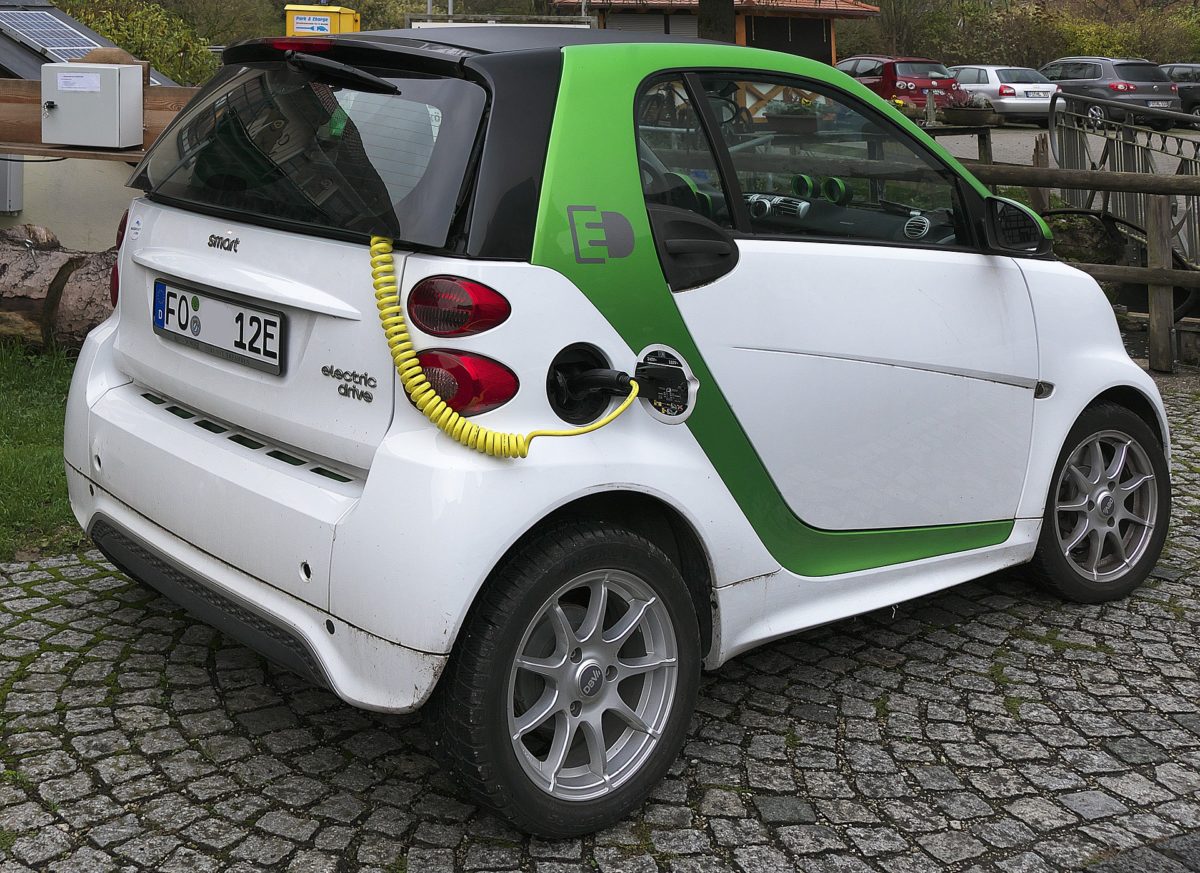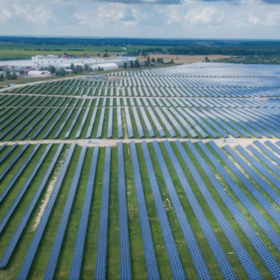Research shows that nearly 65% of all utilized energy gets irreversibly dissipated as waste heat. As the world probes for sustainable ways to meet its every growing energy demand, new materials that can recover energy wasted in the form of heat and convert that into electricity can play a significant role in future energy management.
Dr Kanishka Biswas, a scientist from Jawaharlal Nehru Centre for Advanced Scientific Research (JNCASR), Bengaluru aims to design and synthesize such materials using the Swarnajayanti fellowship from the Department of Science and Technology.
The materials, which have low thermal conductivity and high thermoelectric materials performance, will pave the way for devices that can be used in waste heat recovery in automobiles, space missions, thermal, chemical, steel, nuclear power plants and oil refiners and can also be coupled with new renewable technologies such as solar-thermoelectric and heat recovery in Lithium batteries.
Dr Biswas will be working to find Lead (Pb) free inorganic solids, which will possess ultra-low thermal conductivity and high thermoelectric performance. Such materials are expected to save wastage of energy in the form of heat, be nearly maintenance free and environment friendly and can also be used in waste heat to electricity generation.
The challenge
Efficient thermoelectric materials are required to save wastage of heat. To what extent a thermoelectric material can convert the waste heat to useful electrical energy can be quantified by a metric called the figure of merit. Figure of merit depends on properties of the material like electrical conductivity, Seebeck coefficient and thermal conductivity as well as temperature.
The challenge in developing efficient thermo electric materials is to fit three seemingly different material properties into one single inorganic solid: high electrical conductivity of metals, high Seebeck coefficient (the magnitude of electrical voltage generated from a given temperature gradient) of semiconductors and low thermal conductivity of glasses.
Conflicting interdependency among the Seebeck coefficient, electrical conductivity and electrical thermal conductivity leaves the only choice of tuning of the lattice thermal conductivity independently to enhance the figure of merit.
Thus to develop an efficient thermoelectric material Dr Biswas has to tweak its properties effectively. Lattice vibration, technically called phonons, carries significant amount of heat in a material that contributes directly to the lattice thermal conductivity. While most traditional approaches (such as phonon scattering by extrinsic solid solution point defects and nano/mesostructuring) have proven to effectively reduce lattice thermal conductivity, these approaches are detrimental to the electrical mobility. Difficulty in juggling thermal conductivity and thermoelectric performance has limited the figure of merit to 2 for decades.
Thus, crystalline solids with intrinsically low lattice thermal conductivity are practically desirable as they offer phonon (heat) blocking but electron/hole transmitting medium.
The proposal
Dr Biswas has proposed to design new inorganic solids that will possess intrinsically ultra-low lattice thermal conductivity and high thermoelectric performance by only tailoring the intrinsic parameter such as chemical bonding, lone pair, anharmonicity, rattling dynamics, selective soft vibrations and liquid like cation flow. Introducing these concepts will reduce the thermal conductivity significantly but the carrier mobility will be retained, which is significantly novel and posses new fundamental approach that involves rich chemistry.
Dr Biswas proposes to achieve a high figure of merit in the range 2.5 to 3 with experimental device efficiency around 15% by employing several new concepts and discovery of new thermoelectric materials with ultra-low lattice thermal conductivity which is desired for mass-market power generation applications.
Thermoelectric materials designed by tweaking such properties can directly and reversibly convert waste heat into electricity and will play a significant role in the future energy management.
The research can lead to a transformative sustainable energy source. Besides, thermoelectric energy conversion does not involve any moving parts and any toxic gas emission. Thereby the materials he plans with intrinsically low thermal conductive metal chalcogenides for thermoelectric energy conversion will be nearly maintenance free and environment-friendly renewable energy conversion avenue.
This content is protected by copyright and may not be reused. If you want to cooperate with us and would like to reuse some of our content, please contact: editors@pv-magazine.com.









By submitting this form you agree to pv magazine using your data for the purposes of publishing your comment.
Your personal data will only be disclosed or otherwise transmitted to third parties for the purposes of spam filtering or if this is necessary for technical maintenance of the website. Any other transfer to third parties will not take place unless this is justified on the basis of applicable data protection regulations or if pv magazine is legally obliged to do so.
You may revoke this consent at any time with effect for the future, in which case your personal data will be deleted immediately. Otherwise, your data will be deleted if pv magazine has processed your request or the purpose of data storage is fulfilled.
Further information on data privacy can be found in our Data Protection Policy.